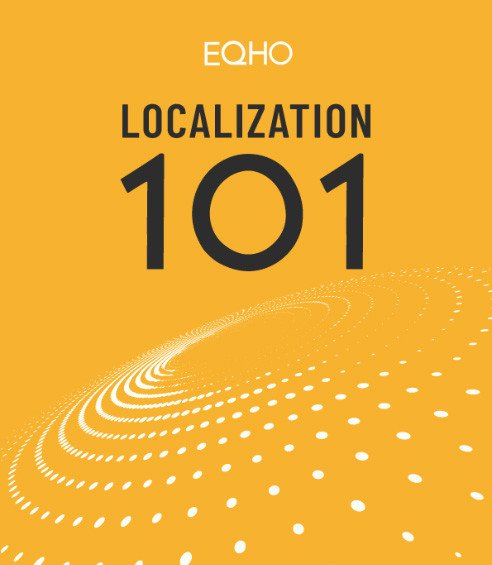Khmer Localization
A language spoken by some 16 million native speakers, Khmer (Cambodian) translation projects should be handled with extra care and attention. As one of the most orthographically complex languages there is, Khmer translation and localization shouldn’t be tackled without the necessary linguistic know-how and experience. Though not a tonal language like Thai, Burmese and Lao, similarly to its Southeast Asian neighbors, Khmer is characterized by an absence of spacing between words, meaning that DTP should only be performed by Khmer DTP operators.
Adding to the complexity; many DTP programs do not support Khmer, meaning workaround solutions are often required. Khmer has multiple registers – their use dependent on the situation, social context as well as age, sex, status of the speaker and the target audience. These are just some considerations when embarking on Khmer localization projects. Selecting the right Khmer translation partner with the right credentials is crucial.

